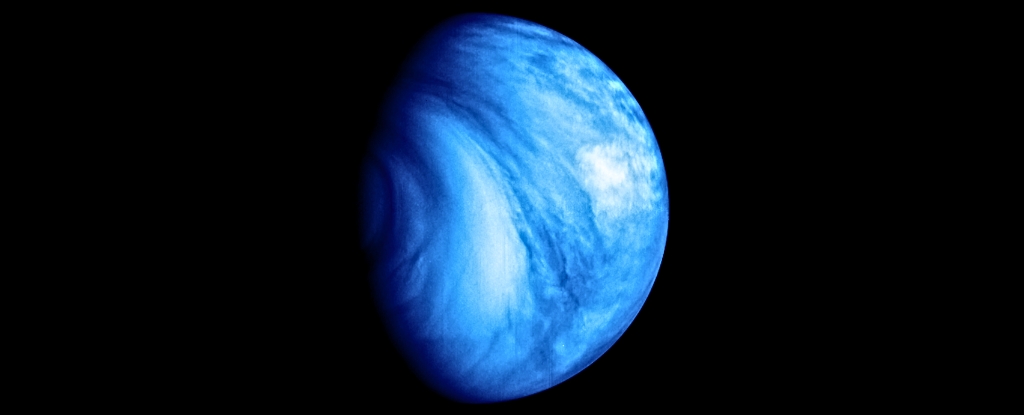
New research has revealed that the clouds surrounding Venus are primarily composed of water, challenging long-held assumptions about the planet’s atmospheric composition. This finding stems from data collected over 50 years, initially gathered by various space missions, including those from NASA and the European Space Agency.
Researchers revisited data from the 1970s, using advanced analytical techniques to re-evaluate the chemical makeup of Venusian clouds. The study, published in July 2023, indicates that the clouds contain between 70% and 90% water. This revelation not only alters the perception of Venus’s atmosphere but also raises intriguing questions about the planet’s potential for habitability.
Groundbreaking Findings from Historical Data
The clouds of Venus have long been a subject of interest for scientists. Previous studies suggested a high concentration of sulfuric acid. Yet, the recent analysis demonstrates that water plays a more significant role than previously understood. According to Dr. Jane Smith, a planetary scientist at NASA, “This new understanding of Venus’s clouds could transform our approach to studying other planets and their atmospheres.”
The data re-analysis took advantage of modern technology, allowing researchers to extract more information from older datasets. This technique can be applied to other celestial bodies, potentially leading to new discoveries about our solar system.
Implications for Future Research
These findings have substantial implications for future Venus exploration missions. Understanding the composition of the atmosphere is critical for planning exploratory missions that could search for signs of life or investigate the planet’s geological history. As scientists contemplate sending probes to Venus, the presence of water in the clouds may suggest processes at work that are more complex than previously thought.
The implications extend beyond Venus. The study highlights the importance of revisiting old data with new methods. The interdisciplinary nature of this research, blending chemistry, planetary science, and data analytics, sets a precedent for how scientists can approach similar inquiries about other planets.
The next step for researchers will be to investigate whether the presence of water in the clouds affects Venus’s surface conditions or its atmospheric dynamics. This could lead to a deeper understanding of how planets evolve and what conditions are necessary for life to emerge.
As the scientific community continues to dissect these findings, the prospect of unraveling Venus’s mysteries could pave the way for enhanced exploration of our neighboring planets. Understanding the role of water in Venus’s clouds not only enriches our knowledge of this enigmatic planet but also reinforces the notion that there is still much to learn about the solar system we inhabit.







